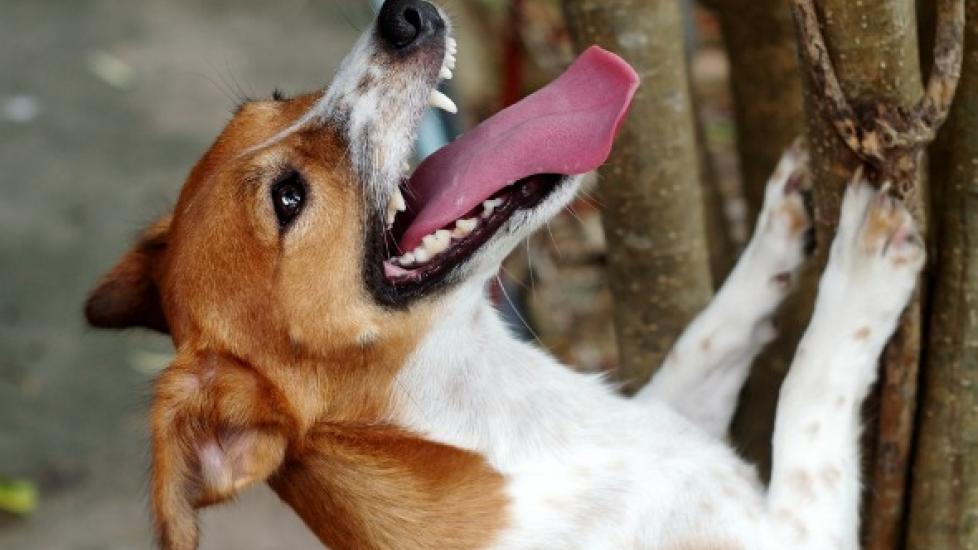The Canine Plague: Understanding and Managing Parvo Virus Infections
Losing a beloved pet to illness is one of the most heartbreaking experiences an animal lover can endure. Among the many diseases that threaten our furry companions, parvovirus infection, commonly known as “parvo” or “the plague among dogs,” stands out for its high mortality rate and devastating effects on young puppies. This article aims to shed light on this formidable foe, providing insights into its nature, symptoms, prevention strategies, and treatment options. By understanding how to recognize the signs early and take prompt action, we can significantly reduce the chances of losing our precious pups to this deadly disease.
The Enemy Within: What Is Parvovirus?
Parvovirus is a highly contagious viral infection that affects both cats and dogs, though it’s more prevalent in canines. It attacks rapidly dividing cells within the body, particularly those found in the gastrointestinal tract and bone marrow. As these cells are essential for absorbing nutrients from food and producing blood cells, respectively, their destruction leads to severe diarrhea, vomiting, dehydration, and immunosuppression—all hallmarks of parvo infections.
Recognizing the Symptoms: A Window Into Your Dog’s Health
Early detection is crucial when dealing with parvovirus because it allows for immediate intervention. Here are some telltale signs you should look out for:
– Vomiting: Projectile vomiting is often the first sign of trouble.
– Diarrhea: Initially watery stools may contain blood and/or mucus.
– Loss of Appetite: Even favorite treats fail to entice affected dogs.
– Fever: Elevated temperatures indicate a serious immune response.
– Weakness: Fatigue sets in quickly due to the virus’s assault on white blood cells.
– Bloody Stools: As the infection progresses, bloody feces become common.
– Weight Loss: Despite having access to food, infected dogs lose weight rapidly.
– Leukopenia: Low white blood cell count indicates significant immune suppression.
Prevention Is Key: Vaccination and Hygiene Practices
The best way to protect your dog against parvovirus is through vaccination. Puppies should receive their initial series of shots between 6 and 20 weeks old, followed by booster vaccines every few months until they reach adulthood. Adult dogs typically need yearly boosters to maintain immunity. Additionally, strict hygiene measures such as disinfecting kennels and leashes with bleach solutions (1 part bleach to 30 parts water) can help control the spread of the virus. Keeping your puppy away from areas frequented by other dogs until they have received all necessary vaccinations is also advisable.
Treatment Options: Supportive Care and Intensive Management
If your dog contracts parvovirus despite preventive efforts, immediate veterinary attention is critical. Treatment involves intensive supportive care aimed at managing symptoms while the body fights off the virus itself. Fluid therapy helps replace lost electrolytes and prevent life-threatening dehydration; antibiotics combat secondary bacterial infections; and antiemetics alleviate nausea caused by vomiting episodes. Some cases may require blood transfusions if the bone marrow has been severely compromised by the virus. Ongoing monitoring is needed to adjust therapies based on each patient’s individual needs during recovery.
Conclusion
By recognizing the threat posed by parvovirus and taking proactive steps towards prevention, including routine vaccination and maintaining good hygiene practices around pets, responsible pet owners can safeguard their four-legged friends from this merciless malady. Should your pup fall victim to this scourge, swift recognition of symptoms coupled with rapid medical intervention greatly improves survival rates and reduces long-term health consequences associated with parvoviral infections. Remember that knowledge truly is power when it comes to protecting our cherished canine companions!
